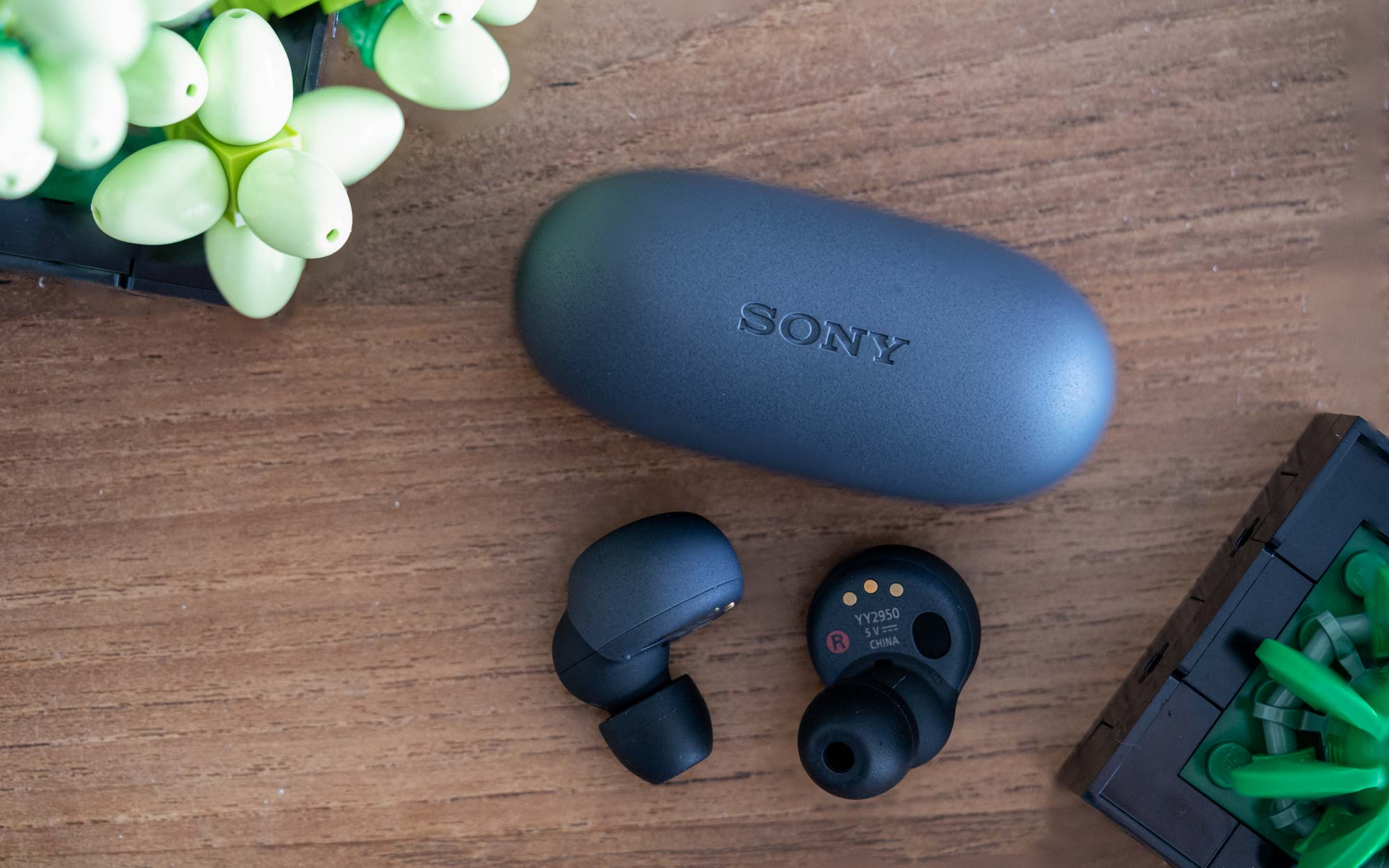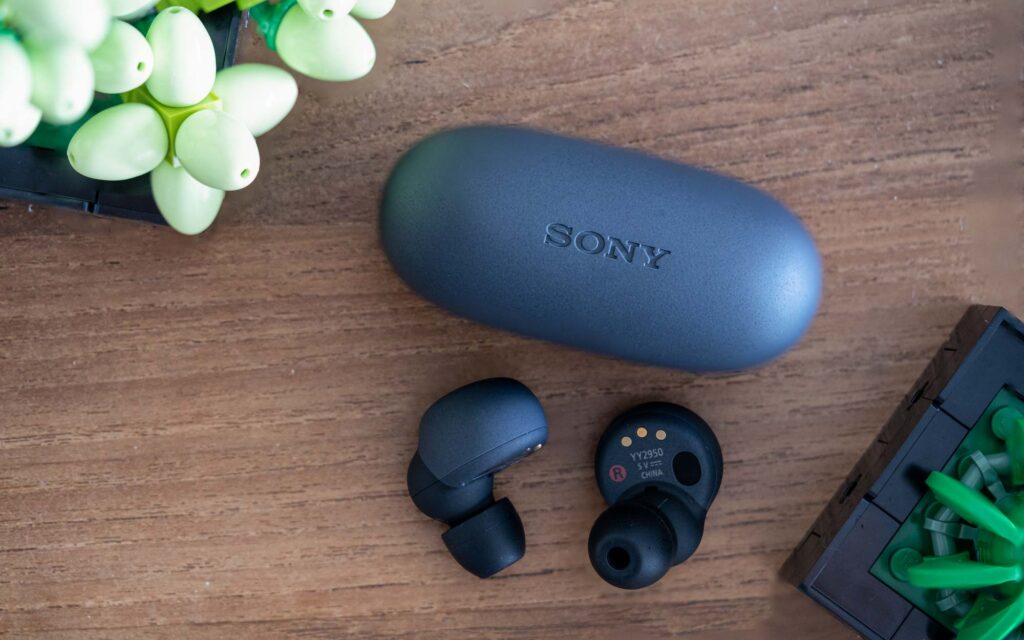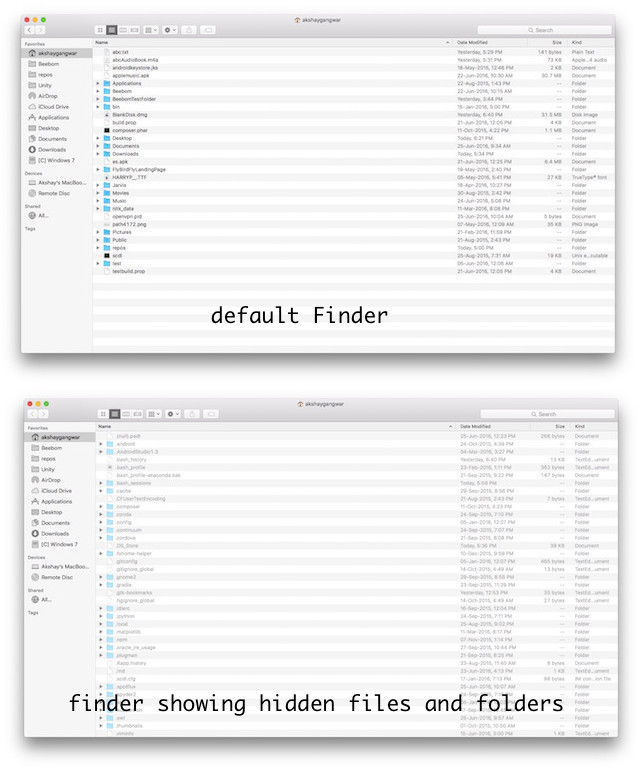
In a world seeking silence, Sony diverges, offering a blend of music and ambient sound with the new LinkBuds truly wireless earbuds in India. Featuring an open ring design, these earbuds welcome background noise as you groove to your favorite tunes. Is this the perfect mix we’ve been waiting for? Does it mark the end of ANC dominance? Dive into our review of Sony’s LinkBuds for answers.
Sony LinkBuds Review (2022)
This review delves into the design, fit, performance, and more. Navigate to specific sections using the table below.
What’s in The Box?
- Sony LinkBuds (WF-H800) earbuds
- USB Type-C charging cable
- User Manual
- 5 sizes of arc support for the earbuds
Spec Sheet
| Sony LinkBuds | Tech Specifications |
|---|---|
| Frequency Response | 20Hz -20,000Hz |
| Drivers | 12mm ring drivers |
| Audio Format | SBC, AAC |
| Bluetooth Version | 5.2 |
| Water Resistance | Yes, IPX4 |
| Effective Range | 10m |
| Weight | 4.1 grams (each earbud), 34 grams (case) |
| Charging | USB Type-C port |
| Virtual Assistant Support | Yes, Google Assistant, Siri, Alexa |
| Added Features | DSEE, Adaptive Volume Control, 360 Reality Audio, Speak-to-Chat |
Design and Build
In a crowded market of TWS earbuds that often appear identical, the Sony LinkBuds offer a refreshing uniqueness. The innovative open ring design distinguishes them, along with their emphasis on staying connected to the world.
However, despite their distinctive appearance, these earbuds present a mixed experience. While I appreciate their novelty, they aren’t the most comfortable option. More details on this follow. Wondering how they fit? The ring rests on the antitragus, while the circular part, bearing the Sony logo, aligns with the ear canal.
The build quality is decent, but compared to previous Sony TWS earbuds, improvements could have been made. Unlike traditional silicon tips, these earbuds boast a unique design for comfortable listening. They’re exceptionally small, weighing just 4 grams, ensuring they don’t feel bulky.
The earbuds arrive in a compact case, which I adore for its tiny size and gradient texture. The case is easily portable and might even go unnoticed at times. It features a clamshell design with a USB Type-C port and buttons for pairing and opening the lid. However, there’s no magnetic effect, which is my first complaint.
Using Sony LinkBuds for a few days, I’ve found the constant need to manually open and shut the case annoying. Ideally, a TWS earbuds’ charging case should close easily and stay closed. Many share this sentiment. You must be careful because these small earbuds can easily fall out without you noticing. An LED light indicates charging status: green means fully charged, while orange indicates the need for charging.
Comfort and Fit
A unique design doesn’t always prioritize comfort. Here, my disappointment peaked. Sony, in its pursuit of standing out, overlooked the significance of comfort. The LinkBuds fail to deliver in this aspect. Initially intriguing, wearing these earbuds soon becomes annoying.
Initially, mastering the art of wearing the LinkBuds was a challenge. Despite tutorials on the Sony Headphones Connect app and website, my confidence waned after the first attempt. These earbuds resemble a locker with changing password combinations each time you try to open them. Every usage session involves at least 15 minutes of struggling to insert them correctly.
Wearing the LinkBuds never felt entirely comfortable, even with correct positioning. Prolonged use caused discomfort, leading me to revert to my trusty AirPods 2. This discomfort may contribute to the perception of low volume, despite optimal fit.
A colleague shared a similar discomfort with the earbuds, despite using different in-box ear tips. This discomfort persisted throughout my testing period. However, comfort levels are subjective; some may prefer the convenience of the open-ring design over traditional in-ear earbuds. While my experience wasn’t ideal, I’ll let individuals decide their preferred fit.
Connectivity
Sony LinkBuds support Google’s Fast Pair and Swift Pair, facilitating pairing with Android or iOS devices or laptops. Using the earbuds with my iPhone, the pairing process was effortless, surpassing my expectations.
Although, slight hiccups occurred when pairing with another iPhone. Some issues persisted when connecting the LinkBuds with an Android phone, but it only took a few extra seconds. Overall, Swift Pair ensures seamless connectivity with a laptop. For those who struggle connecting their TWS with laptops, this functionality feels like bliss.
Sound Quality
While the fit may not be my preference, I appreciate the audio quality. The LinkBuds provide a balanced music experience without excess. I tested various genres: Bollywood, Rock, and EDM, and the earbuds consistently highlighted details. Whether it’s the guitar sequence from Sweet Child O’ Mine by Guns & Roses or the dreamy vocals of Jhoom by Ali Zafar, everything sounds delightful.
As mentioned, these earbuds aren’t part of the ANC trend; they aim to keep you connected to your surroundings. The driver unit has an open center diaphragm to allow surrounding noises in, though this wasn’t as smooth as Sony claims. So, I’m not a fan of this setup; it didn’t fit the bill for me, and now the purpose seems defeated.
Additionally, higher volume (which led to sound leakage) did cancel out ambient sounds passively on most occasions. When Sony said we could hear other noises while listening to music, I was curious, but that hardly happens. Earbuds with ANC also offer a dedicated transparency mode, so why build something uncomfortable if it doesn’t fulfill its purpose?
Microphone Quality
The LinkBuds provide a noise-free calling experience. Trust me, it’s hard to achieve, but the LinkBuds deliver. My calling experience with them has been smooth; I rarely encountered voice breaks or muffled sounds. The person on the other end didn’t face issues either.
Sony employs voice pickup technology for clearer voice transmission amidst noise, and the LinkBuds deliver on this promise.
Sony Headphones Connect App and Features
- Bright
- Excited
- Mellow
- Relaxed
- Vocal
- Treble Boost
- Bass Boost
- Speech
- Manual
- Custom options
While intrigued by the choices, I found minimal disparities between similar modes like Vocal and Speech, or Mellow and Relaxed. The Bass Boost heightened the thumping effect, albeit subtly. I gravitated towards the Bright mode predominantly, and for those favoring such output, it’s recommended.
- DSEE (Digital Sound Enhancement Engine): DSEE improves sound quality.
- 360 Reality Audio: Despite attempts, I couldn’t experience this feature. It entails a peculiar ear analysis process, which, after three failed attempts, I bypassed. Surprisingly, I didn’t feel a significant loss. Yet, I wish there was a simpler activation method!
- Sony’s Speak-to-Chat: This feature pauses music during conversation, though it may fail to resume afterward consistently, making reliance on it unwise.
- Adaptive Volume Control: This boosts music volume in noisy environments, reverting to normal levels when quiet returns. While eliminating manual adjustment, it can behave inconsistently, fluctuating even in silence.
The app offers numerous options, providing enhanced control. However, it may overwhelm users who don’t need all these features. Additionally, the app notifies you of low case battery, yet Sony, here’s feedback: multiple reminders aren’t desired.
Moreover, touch controls are supported, differing from typical earbud scenarios. Enabling Wide Area Tap allows play/pause and song change by tapping (double for play/pause, triple for next song) between cheeks and ear. While intriguing and distinctive, this feature may have mixed results. Furthermore, there’s hands-free virtual assistant support and Quick Access to Spotify.
Noteworthy is that while the LinkBuds have a model number, WF-L900, my review unit is labeled WF-H800.
Battery Life
In addition to delivering good sound quality, the Sony LinkBuds boast appreciable battery life. Typically, I start my day by listening to music during my commute and continue using the earbuds for several hours while writing. In fact, I composed this article while using the Sony earbuds.
The earbuds lasted approximately 5 to 6 hours on a single charge, and with the case, they extended usage to over 2 days. This duration seems quite reasonable. Notably, this was with the DSEE feature enabled, which does reduce playback time. Disabling these features will yield more battery life.
The charge time is between one and two hours, which was acceptable. Regarding fast charging, I could use them for about 45 minutes after just 10 minutes of charging. While this duration could be longer, even 45 minutes felt sufficient when I was in a rush and needed the earbuds for my commute.
Pros and Cons
| Pros | Cons |
|---|---|
| Portable | Uncomfortable fit |
| Good sound and mic quality | Non-magnetic case |
| Unique looks | Pricey |
Sony LinkBuds: Buy or Skip?
Throughout my review period, I struggled to conclude whether the Sony LinkBuds is an attractive option. While it will turn heads with its new form factor and ambient sound feature, I question its purpose.
The earbuds are uncomfortable, and allowing ambient noise during music time isn’t desirable. Priced at Rs 19,990, they are expensive, deterring many potential buyers. However, some may appreciate the concept and are willing to invest for the LinkBuds’ unique connectivity.
For a more comprehensive experience, consider the Sony WF-1000XM4 (Rs 17,990) or the Sennheiser Momentum 3 (Rs 19,989), which offer better comfort, ANC, and additional features at a similar price. Keep an eye out for discounts during sales. What’s your opinion on the Sony LinkBuds’ open design? Would you try them or opt for a traditional in-ear design? Share your thoughts below.

Pritam Chopra is a seasoned IT professional and a passionate blogger hailing from the dynamic realm of technology. With an insatiable curiosity for all things tech-related, Pritam has dedicated himself to exploring and unraveling the intricacies of the digital world.




